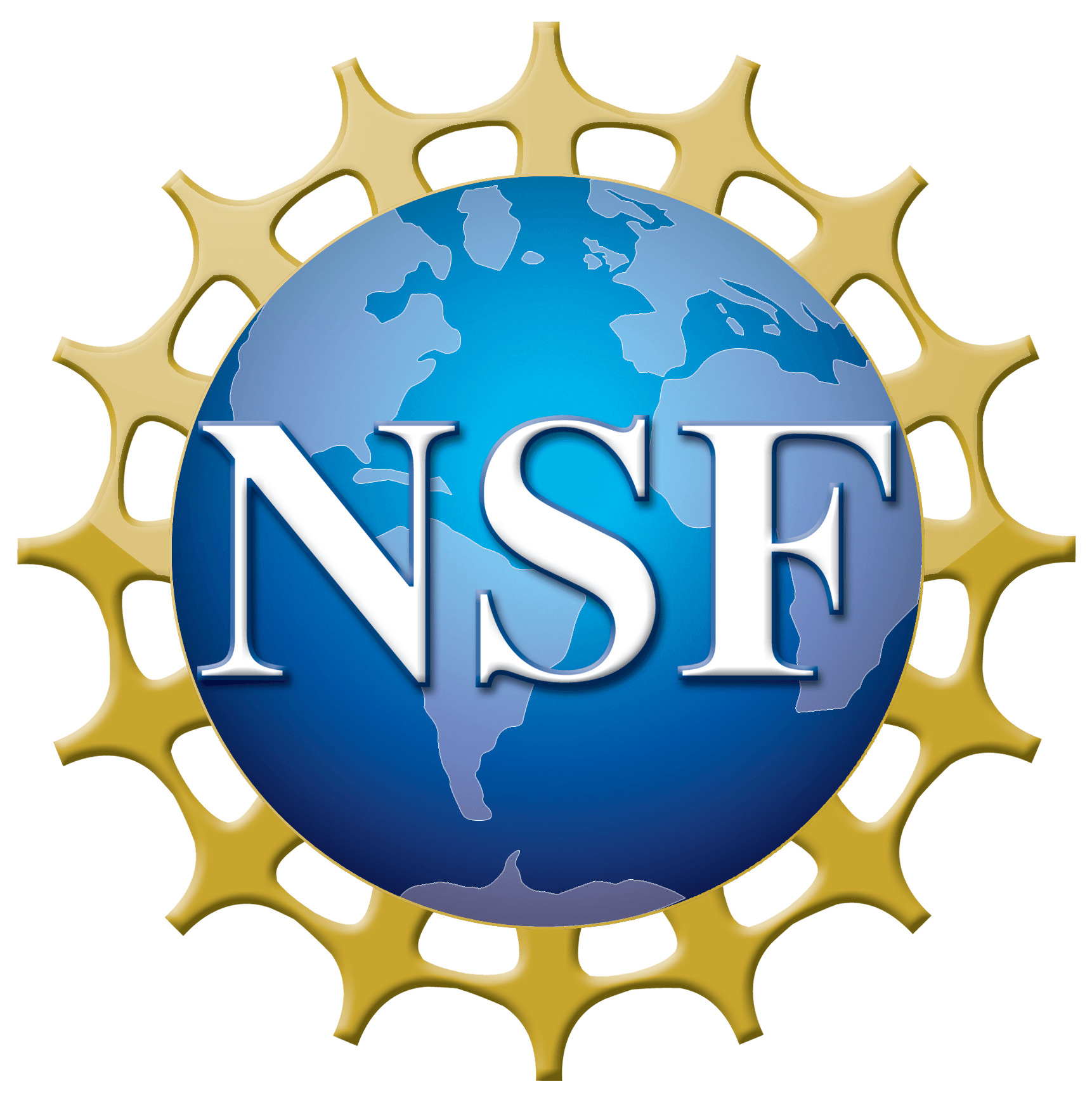Question: The first known observations of the full planetary phases of Venus were by Galileo at the end of…
Select :
AsteroidsBlack HolesCareers in AstronomyCelestial EventsCometsConstellationsCosmic DistancesCosmic Microwave BackgroundCosmologyExoplanetsGalaxiesGravity WavesHoaxesMoonPhysicsPlanetsRadio AstronomyScientific MethodSETISolar SystemSpace ProbesStarsSunTelescopesUnexplained Celestial Observations
What if the Moon Moved Randomly in its Orbit?
Question: What will happen if the moon moves randomly? — Ahmed Answer: Since the Earth’s Moon is an important…
What Can Radio Telescopes Measure?
Question: I have some questions about radio astronomy. If we build a planetary radio telescope, What data can we…
Location of a List of Solar System Objects and Their Naming Conventions?
Question: Simple question. What is the website address that I may gain access to the recorded bodies and there…
Why isn’t the Precession of the Lunar Nodes Uniform with Time?
Question: I am an amateur naked eye astronomer. I teach astronomy to 6th graders, I read a lot on…
Do the Planets Have a Physical Effect on the Sun?
Question: We know that our sun has a profound impact on all planets in our solar system. But, does…





